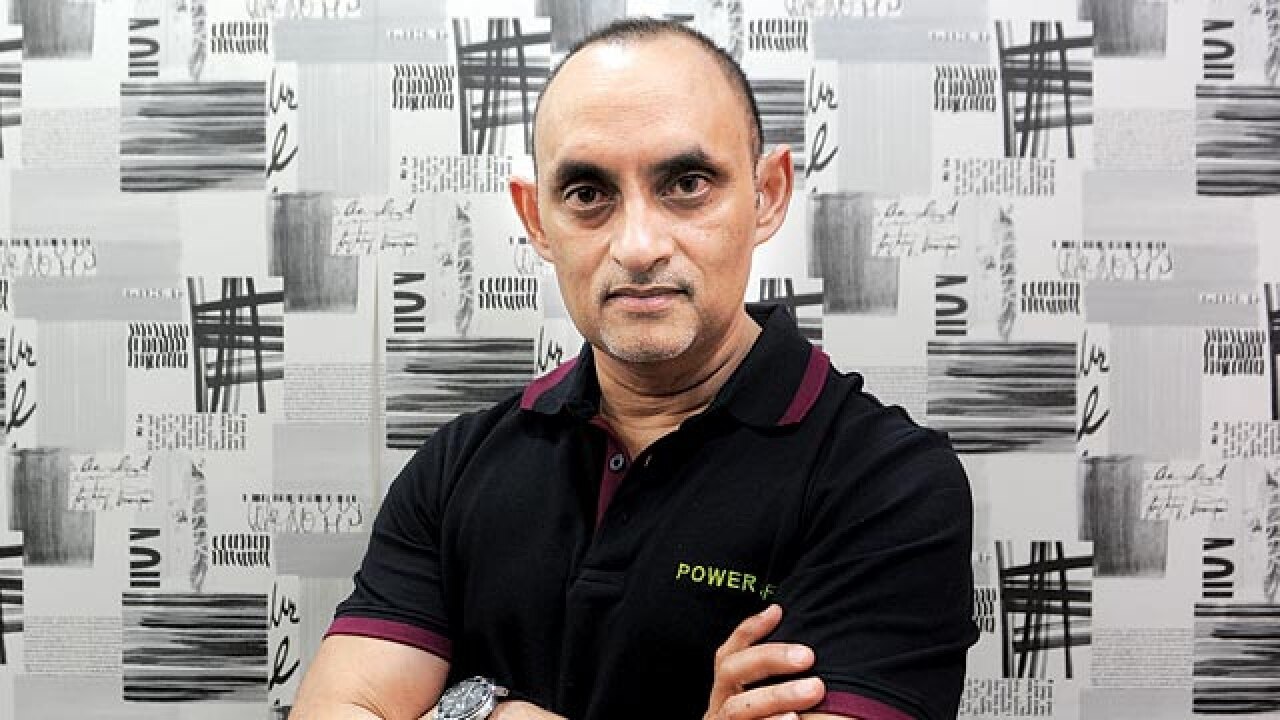
In the last 8-10 months, we had some challenges in our product portfolio. And so, we went back and worked on our product portfolio to address the weaknesses and the challenges in it. Ten days back, we announced the launch of seven new products. In a few months, we will be adding some more products. So, we are fixing the biggest problem that we have, which is the product portfolio. With 15 products, starting from Rs 7,000 to Rs 50,000, we now have a very strong product portfolio. That has fixed the biggest challenge we had. We are also addressing the pricing. Our prices are now very competitive. If you look at our prices compared to our competitors, our price-performance ratio is very attractive. This addresses the second challenge that we had. At the same time, we are also preparing a go-to market strategy. That includes all the elements of above the line (ATL), below the line (BTL), engagement with the retail channels, expanding our service and distribution networks as we expand our business to more than 30,000 outlets. We have a solid plan to get back the market share.
That's a strategy by design. We have a strong connect with the offline partners. People actually want to touch and feel the products. Does it not increase your overheads and squeeze your margins? The price differential (between offline and online products) is not much. It is within 8-9% because there is some rationalisation kicking in. We have not seen heavy discounting of products in the online marketplace. I don't see there's necessarily some conflict there or that the consumer doesn't get value in stores. And it's not that we don't sell online. We sell online too with all the partners.
There's a certain segment of consumer who buys online. They are comfortable doing that. But there is also a larger segment of consumers that actually wants to touch and feel. They go to a store to buy because they have a relationship with the store. They don't mind paying a little bit more for that. There is also the element of loyalty with the retailer. It's not that we discourage online buying, we make sure that the product available online as well.
There is really no subsidy that the service providers offer in India. They will, at the most, offer a 3-month data plan or a 500 megabyte or a gigabyte plan. There is really no strong subsidy that comes in with partnering with the service providers or telecom operators. The bundling doesn't influence people's phone-buying behaviour.
No. We actually target every demographic and socio-graphic.
Our brand resonates very well with the youth segment if you look at our product proposition. Our phones have a lot of colour. We are very strong in low to mid-end. If you look at our product portfolio, we have a lot of products between Rs 10,000 and Rs 25,000 price-points. We have 10 phones in that segment. Youth segment prefers to buy mid-level phones. But we want to make sure we do not leave any segment out. We want to attack every segment.
We want to get to 10% market share, hopefully in a shorter timeframe. I can't define the timeframe, but yes we do want to get to more than 10% volume share.
It's not just one competitor. There are 35-40 new brands that have come in the last 18 months. There are new entrants every day. They attack different price points. What we ensure is that we give variety to the consumers. We are present at every price-point. We try to bring something unique and innovative to the consumers in every segment and price-point. So, we are prepared for any competitor. Competition is good.
It is very intense but that is good because it allows us to stay ahead by innovating. That innovation drives down the price of a product to a competitive level.
Not for the entire breadth of components. Right now, what we are doing is semi knocked down assembly at GDN's plant in Noida. A majority of our products are getting made in India. Our endeavour is to drive 100% of the portfolio from India. Today, more than 70% of our portfolio is getting built in India.
That's the natural next step. The first step is getting the assembly done (in India), which we are doing right now.